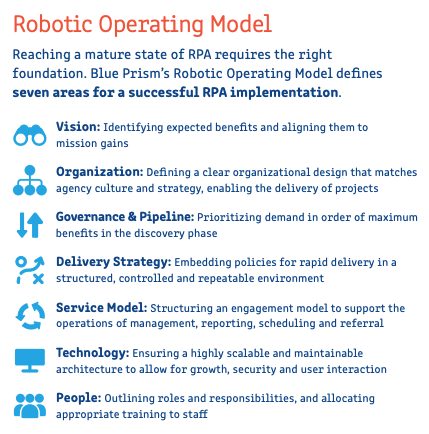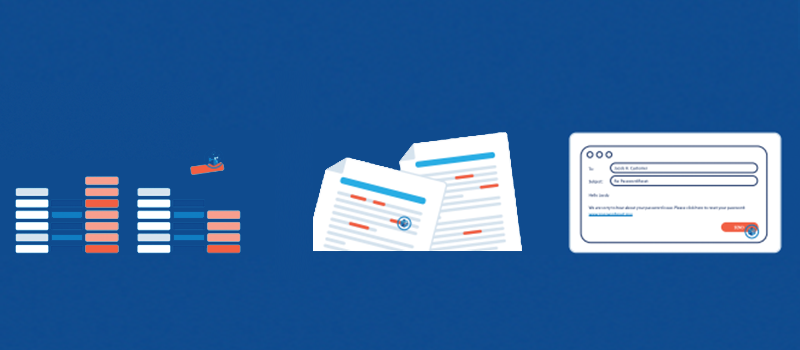The COVID-19 federal response has further shown that not all agencies have what they need to meet citizen demands, and many public sector workforces are overwhelmed as a result. While federal agencies move from their initial reaction to long-term planning for digital work realities, robotic process automation (RPA) needs to be in their future

RPA is a software that eliminates repetitive tasks through user-programmed instructions. RPA digital workers are part of a modern workforce that works side by side with human employees. Those human employees include the head of RPA, the model architect, the process analyst, developer, technical architect and lastly, the progress controller.
As opposed to what you may think, not all automation is the same. The three levels of automation include basic, AI-enabled and connected intelligence.
An example of basic automation is copying and pasting information from a spreadsheet, whereas AI-enabled could be scanning through legal documents to reduce time in discovery and searching for relevant words or phrases. Connected intelligent includes basic automation combined with cloud, artificial intelligence (AI) and machine learning (ML) so that agencies can use RPA to process information from call centers and provide specific follow-up instructions in the form of a text or email. That is why agencies must choose the right RPA model for them.
This blog post is an excerpt from our recent infographic, From Response to Resilience: Putting the Digital Workforce to Work, download the full infographic to learn more about RPA, how to incorporate it into your agency and its processes here.





Leave a Reply
You must be logged in to post a comment.